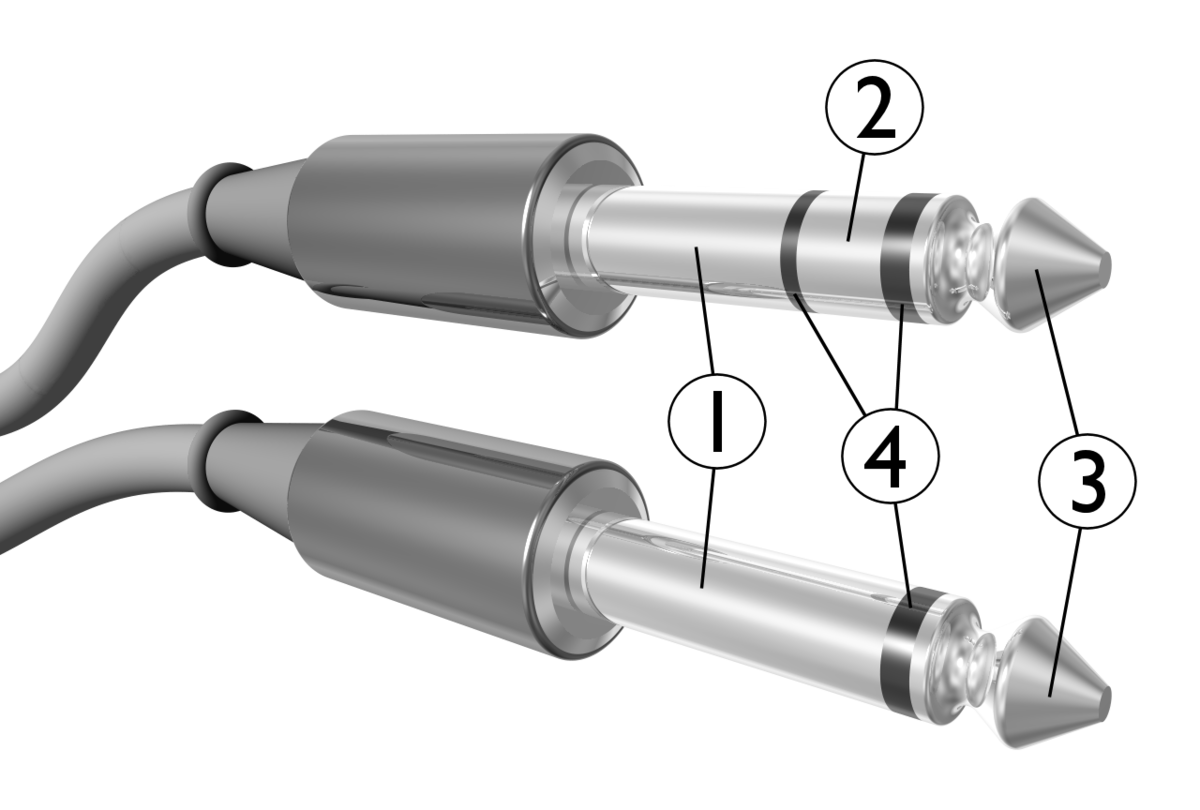brycenesbitt
Senior Member
- Location
- United States
Looking at delivering power to a remote site, 2225 feet from base 3 phase power.
The need is some 250W, for a low voltage communication relay.
Seeing if there are any clever ways.
The options would seem to be:
A prior effort using solar panels was technically challenged and failed repeatedly.
---------------------
You might say that the tramway is the obvious choice, eh? Yet the tramway apparently falls under ANSI B77.1-2017:
So far so good, but we get a bit deeper:
Ok so far, but then:
So they pretty clearly don't want power strung between poles, even with GFCI and supervision and supervisory
circuits that shut the lift down if a wire comes loose.
The telephone exception is probably for the "RING" voltage, assuming anyone remembers how that works.
But we're not doing a "telephone".
So that's either trying to deliver 250W at 24 Volts and claiming it's a telephone.... or.... something else....
The need is some 250W, for a low voltage communication relay.
Seeing if there are any clever ways.
The options would seem to be:
- Trenching through solid rock, mixed volcanic and granite, in an area subject to rockfall.
- Using an existing set of active aerial tramway towers.
- Going tree to tree, in an area that drifts 10 to 40 feet of snow in winter.
- Installing dedicated poles and wires and protecting those poles, installing poles by helicopter.
- Solar, set up for stormy weeks of below freezing weather.
- Diesel power, with refill once or twice per year in summer when gravel road access is possible. (The area is subject to wildfire as well).
A prior effort using solar panels was technically challenged and failed repeatedly.
---------------------
You might say that the tramway is the obvious choice, eh? Yet the tramway apparently falls under ANSI B77.1-2017:
Code:
2.2.1.1 Applicable codes: All electrical systems shall comply with American National Standard, ANSI/NFPA 70 & IEEE C2-2017.So far so good, but we get a bit deeper:
Code:
2.2.1.3 Protection
All electrical equipment with operating voltages above 24 volts nominal shall be marked conspicuously with
letters/numbers that are no smaller than ¼ inch (6 mm) in height.... “Danger High
Voltage”
All power equipment shall be protected against overloads by circuit breakers or fuses.Ok so far, but then:
Code:
2.2.1.4 Overhead cables
Only signal, communication, control circuit cables and wire rope associated with rescue systems may be
supported between towers that support the aerial tramway.
Voltage shall be limited to low voltage, 24 volts nominal.
EXCEPTION – Circuits for telephone systems may exceed the low voltage requirements.
Overhead cables shall be positioned in such a way that they do not contact the haul rope, track rope, or carriers
under normal aerial tramway operating conditions. If cable parts and displaces from its normal position, the
aerial tramway shall stop (see 2.2.3(h))
2.2.12.3 lighting
Aerial tramway towers and terminal structures may be used for supporting lights, subject to the following requirements:
(b) The service conductors to each aerial tramway tower or terminal structure shall be underground or in
rigid raceways. No wiring shall be supported between towers and no open wiring shall pass over or under
the aerial tramway;So they pretty clearly don't want power strung between poles, even with GFCI and supervision and supervisory
circuits that shut the lift down if a wire comes loose.
The telephone exception is probably for the "RING" voltage, assuming anyone remembers how that works.
But we're not doing a "telephone".
So that's either trying to deliver 250W at 24 Volts and claiming it's a telephone.... or.... something else....



